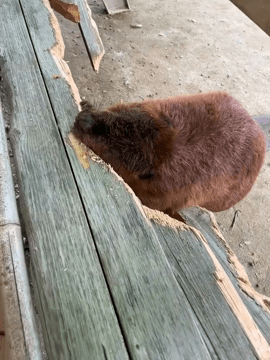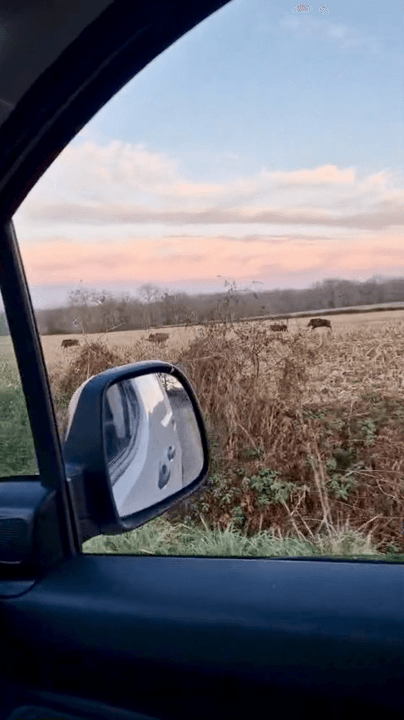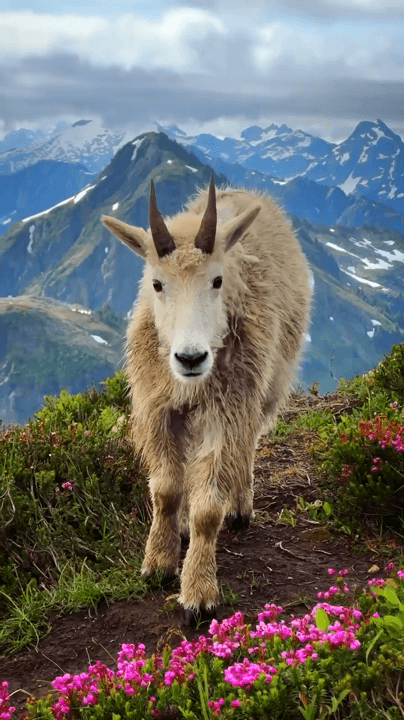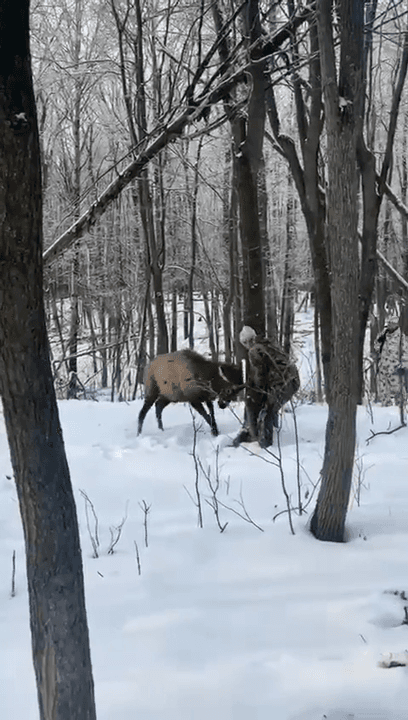
Caza en la Cordillera de los Andes: Fauna, Temporadas, Tradiciones y Experiencias en Altura para Cazadores en Chile Geografía y naturaleza: el paisaje perfecto para la caza y los cazadores La Cordillera de los Andes no es sólo una cadena montañosa, sino todo un mundo para los cazadores. La parte chilena de los Andes, que se extiende 7.000 kilómetros a lo largo de la costa oeste de Sudamérica, es un paisaje sorprendentemente diverso: desde cumbres nevadas (hasta 6.961 metros de altura en el volcán Ojos del Salado) hasta las mesetas desérticas de Atacama y los densos bosques de Valdivia. Los ecosistemas de páramo, puna y bosque siempreverde se entrelazan aquí, creando un entorno cinegético único. El clima varía de alpino en el norte a marítimo templado en el sur, lo que afecta a la migración de los animales y al calendario de las temporadas de caza. Demografía de los cazadores que viven en armonía con la presa No existen datos exactos sobre el número de cazadores de la región, ya que l
Post: 10 June 06:16
















































